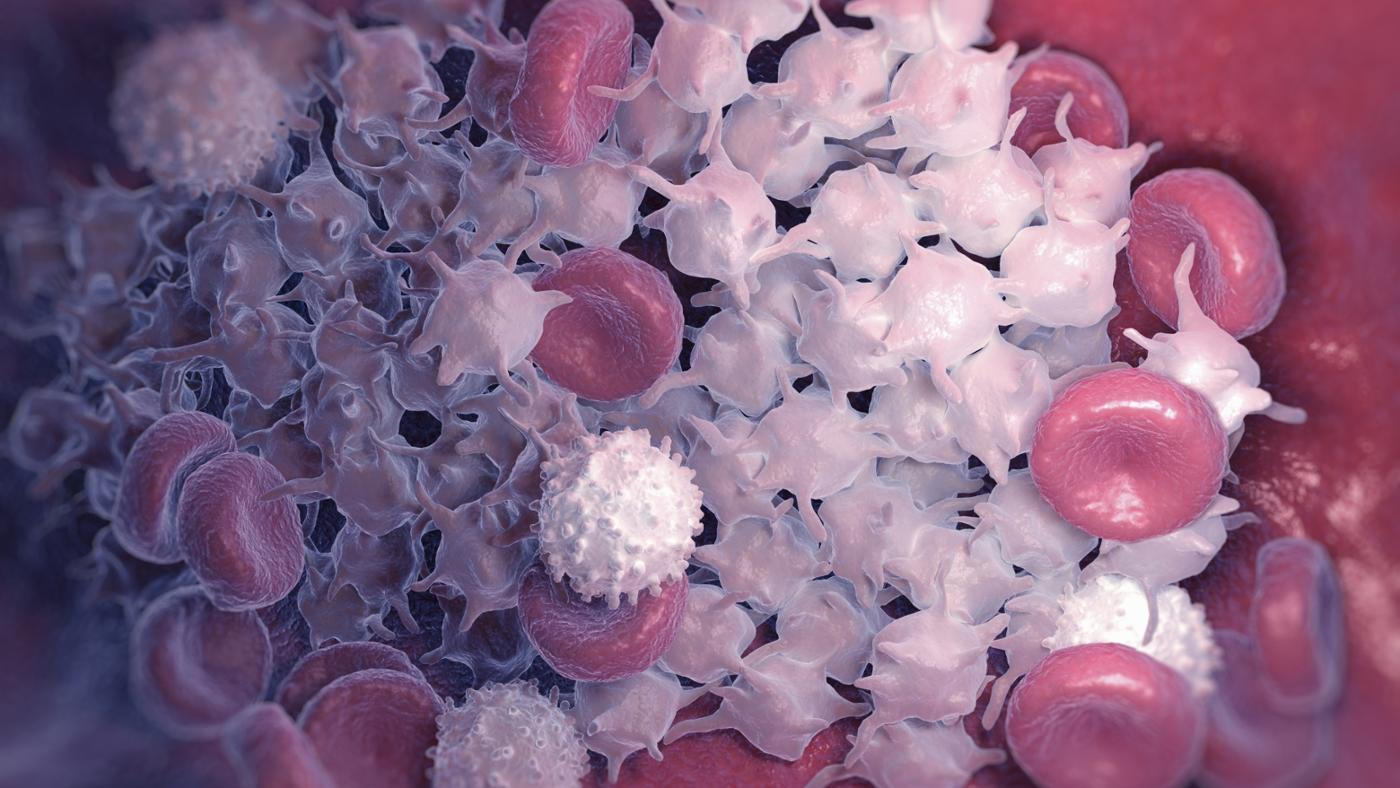
Gray Platelet Syndrome (GPS) is a rare genetic disorder that affects the blood's ability to clot properly. Characterized by the absence of alpha granules in platelets, this condition can lead to excessive bleeding and bruising. Patients with GPS often experience symptoms like nosebleeds, heavy menstrual periods, and prolonged bleeding from cuts. Diagnosing GPS involves blood tests, genetic testing, and sometimes bone marrow examination. Treatment options are limited and focus on managing symptoms rather than curing the disorder. Understanding GPS is crucial for those affected and their families, as it helps in better managing the condition and improving quality of life.
What is Gray Platelet Syndrome?
Gray Platelet Syndrome (GPS) is a rare genetic disorder affecting blood platelets. These platelets lack granules, making them appear gray under a microscope. This condition can lead to bleeding issues and other complications.
-
Gray Platelet Syndrome is inherited in an autosomal recessive manner. This means both parents must carry the gene mutation for a child to be affected.
-
The disorder is named for the gray appearance of platelets. Under a microscope, the platelets look gray instead of their usual pinkish color due to the absence of alpha granules.
-
GPS can cause mild to severe bleeding. Individuals with this condition may experience easy bruising, nosebleeds, or prolonged bleeding from cuts.
-
The condition is extremely rare. Only a few hundred cases have been documented worldwide.
Symptoms and Diagnosis
Recognizing the symptoms and getting a proper diagnosis is crucial for managing GPS. Here are some key points about the symptoms and how doctors diagnose this condition.
-
Symptoms often appear in childhood. Parents might notice frequent nosebleeds or excessive bruising in their children.
-
Bleeding gums are a common symptom. This can occur during brushing or spontaneously.
-
Women with GPS may have heavy menstrual periods. This can lead to anemia if not managed properly.
-
Diagnosis involves blood tests and bone marrow examination. Blood tests reveal the gray platelets, while bone marrow tests show a lack of alpha granules.
Genetic and Molecular Basis
Understanding the genetic and molecular basis of GPS helps in comprehending the disorder better.
-
Mutations in the NBEAL2 gene cause GPS. This gene is responsible for the development of alpha granules in platelets.
-
Genetic testing can confirm the diagnosis. Identifying mutations in the NBEAL2 gene helps in confirming GPS.
-
Carrier parents have a 25% chance of having an affected child. Each pregnancy carries this risk if both parents are carriers.
-
Research is ongoing to understand the molecular mechanisms. Scientists are studying how the NBEAL2 gene mutation leads to the absence of alpha granules.
Treatment and Management
Managing GPS involves addressing symptoms and preventing complications. Here are some important aspects of treatment and management.
-
There is no cure for GPS. Treatment focuses on managing symptoms and preventing bleeding episodes.
-
Platelet transfusions may be necessary. In severe cases, transfusions help manage bleeding.
-
Desmopressin can be used to reduce bleeding. This medication helps increase levels of certain clotting factors.
-
Regular monitoring is essential. Patients need frequent check-ups to manage their condition effectively.
Living with Gray Platelet Syndrome
Living with GPS requires adjustments and awareness. Here are some tips and facts about daily life with this condition.
-
Avoiding contact sports is recommended. This helps prevent injuries that could lead to bleeding.
-
Wearing medical alert jewelry is helpful. In emergencies, this informs healthcare providers about the condition.
-
Maintaining good dental hygiene is crucial. This helps prevent gum bleeding and other dental issues.
-
Support groups can provide emotional support. Connecting with others who have GPS can be beneficial for patients and their families.
Final Thoughts on Gray Platelet Syndrome
Gray Platelet Syndrome (GPS) is a rare blood disorder that affects platelet function. People with GPS often experience easy bruising, nosebleeds, and prolonged bleeding from cuts. This condition results from a genetic mutation that impacts the storage of proteins in platelets, making them appear gray under a microscope.
While there's no cure, treatments focus on managing symptoms and preventing bleeding complications. Regular check-ups with a hematologist are crucial for monitoring the condition. Genetic counseling can also help families understand the risks and inheritance patterns.
Raising awareness about GPS can lead to better support and resources for those affected. If you or someone you know shows symptoms, seeking medical advice is essential. Early diagnosis and proper management can significantly improve quality of life. Stay informed and proactive in addressing this rare but impactful disorder.
Was this page helpful?
Our commitment to delivering trustworthy and engaging content is at the heart of what we do. Each fact on our site is contributed by real users like you, bringing a wealth of diverse insights and information. To ensure the highest standards of accuracy and reliability, our dedicated editors meticulously review each submission. This process guarantees that the facts we share are not only fascinating but also credible. Trust in our commitment to quality and authenticity as you explore and learn with us.


